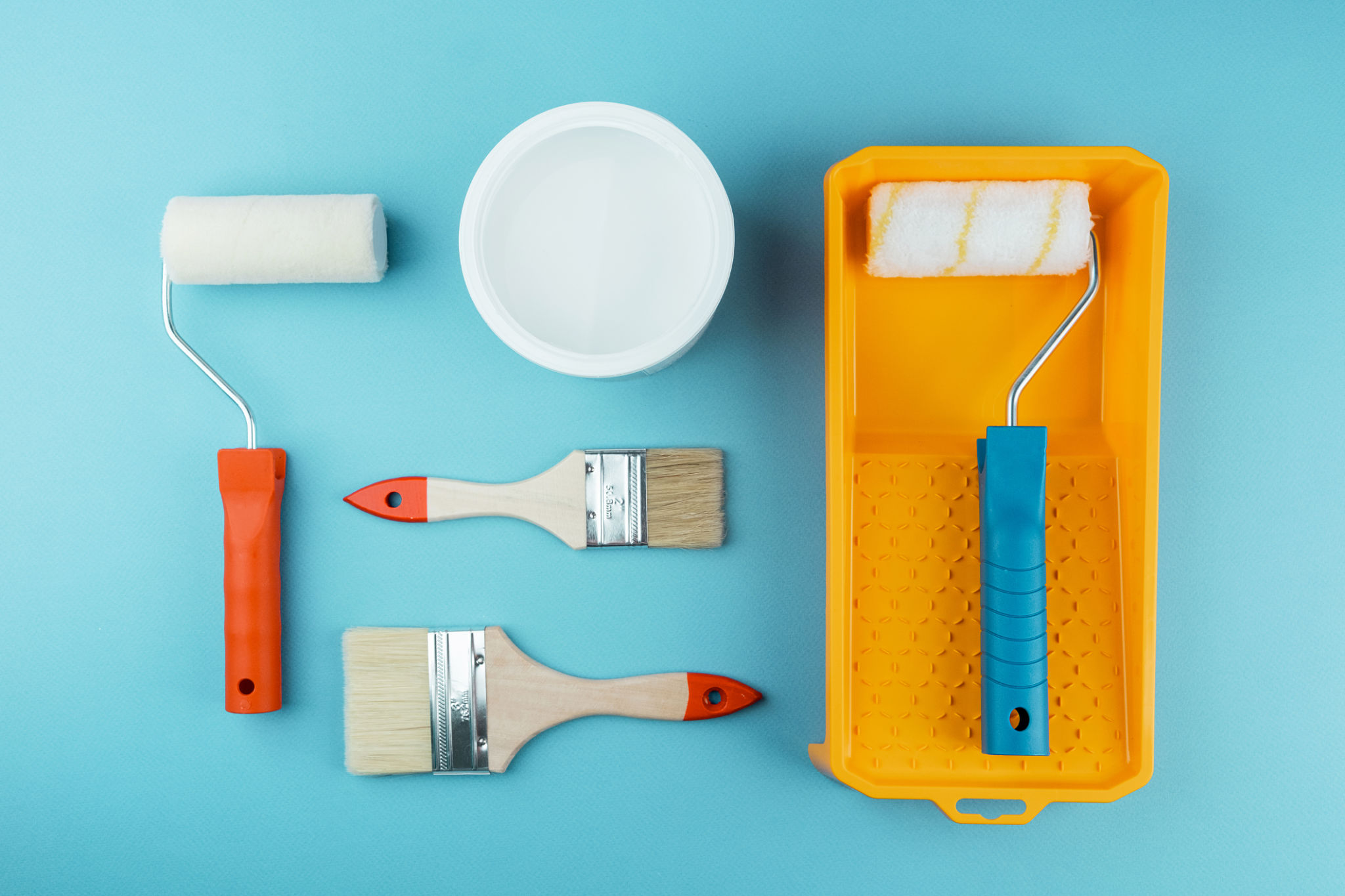Understanding Professional Bottom Paint: Everything You Need to Know
What is Bottom Paint?
Bottom paint, often referred to as antifouling paint, is a specialized coating applied to the hull of a boat to prevent the growth of marine organisms such as barnacles, algae, and moss. This type of paint is essential for maintaining the performance and longevity of vessels, as marine growth can significantly reduce speed and fuel efficiency.

Why is Bottom Paint Important?
The primary purpose of bottom paint is to protect the hull from biofouling, which can lead to increased drag and reduced maneuverability. Additionally, it helps to prevent corrosion on metal surfaces below the waterline. A smooth, clean hull allows boats to glide through the water more efficiently, saving on fuel costs and improving overall performance.
Environmental Considerations
While bottom paint plays a crucial role in protecting vessels, it also has environmental impacts. Many traditional antifouling paints contain biocides that can leach into the water, affecting marine life. Fortunately, there are now eco-friendly options available that offer effective protection while minimizing environmental harm.

Types of Bottom Paint
There are several types of bottom paint available, each designed for specific conditions and needs:
- Ablative Paint: This type wears away over time, providing a fresh layer of biocide as the boat moves through the water.
- Hard Modified Epoxy: Known for its durability, this paint is ideal for boats that remain in the water year-round.
- Copper-Free Paint: An eco-friendly alternative, this paint uses non-metallic agents to deter marine growth.
How to Choose the Right Paint
Selecting the appropriate bottom paint depends on several factors including the type of water you navigate, the material of your hull, and how often you use your boat. For instance, freshwater boaters might prioritize different properties than those in saltwater environments. It’s also important to consider whether your boat is trailered or stored in water year-round.

Application Tips
Proper application is crucial for maximizing the effectiveness of bottom paint. It’s essential to start with a clean surface by removing old paint and any marine growth. Applying a primer can enhance adhesion and prolong the life of the paint. Always follow the manufacturer’s instructions for the best results.
Maintenance and Reapplication
Regular maintenance is key to ensuring your bottom paint remains effective. Inspect your hull periodically for signs of wear or marine growth. Reapply bottom paint as needed, typically every one to three years depending on usage and environmental conditions. A well-maintained hull not only performs better but also requires less frequent repainting in the long run.
Professional vs. DIY Application
Deciding whether to hire a professional or tackle the job yourself depends on your experience level and comfort with boat maintenance. While DIY applications can save money, professionals often provide superior results due to their expertise and access to high-quality materials.

Conclusion
Understanding professional bottom paint is essential for any boat owner who wants to maintain their vessel's performance and longevity. By choosing the right type of paint, applying it correctly, and performing regular maintenance, you can protect your investment and enjoy smooth sailing season after season. Whether you opt for DIY or professional services, keeping your hull in top condition is always worth the effort.